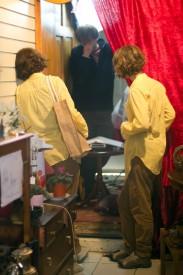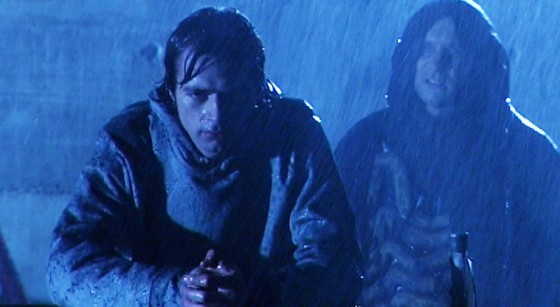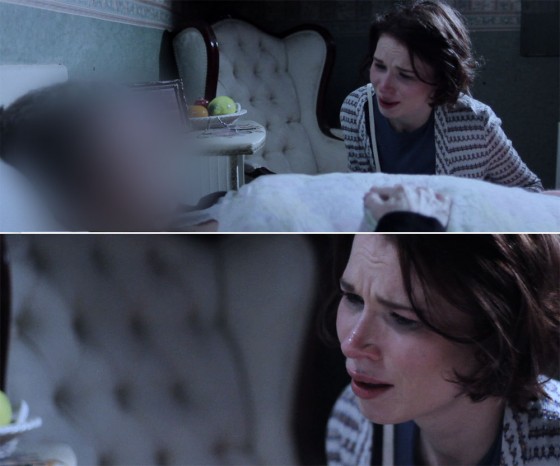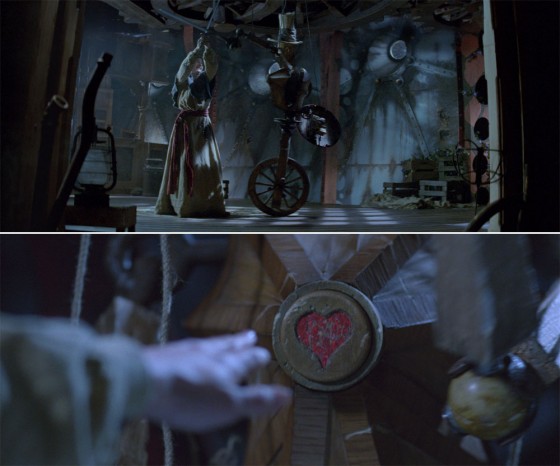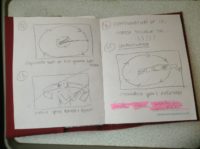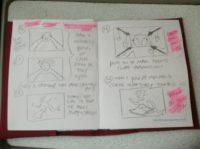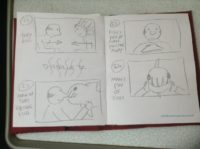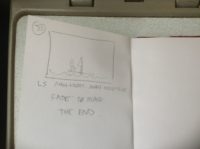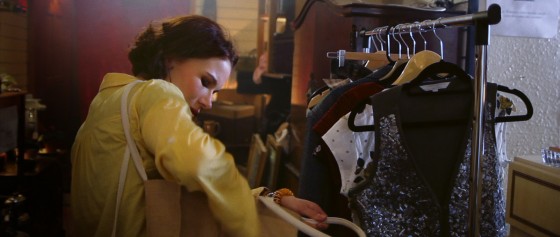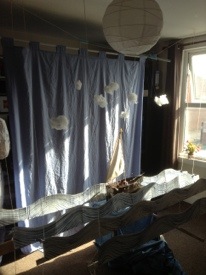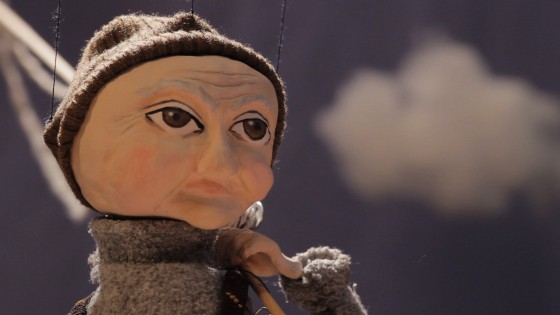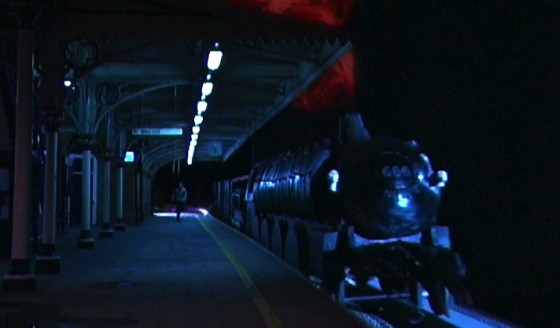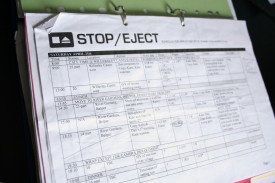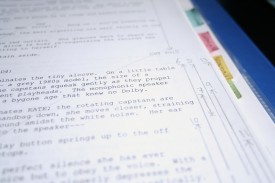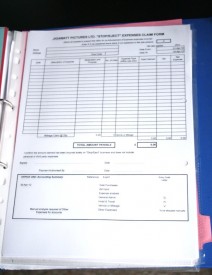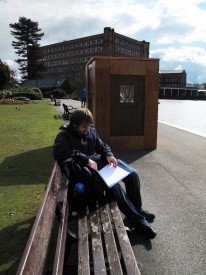
In the new year I’ll be directing a short film called A Cautionary Tale, written by Steve Deery and produced by Sophia Ramcharan. This will be my first time directing without (co-)writing or (co-)producing too. (Steve got in touch with me after seeing the Stop/Eject trailer at a FiveLamps Film Night in Derby.) As usual, I’ll be documenting the filmmaking process on this blog.
A Cautionary Tale is a drama with a supernatural twist, featuring various authors who visit a cottage retreat to write, in several time periods from 1903 to the present.
It’s interesting in this prep stage how things I did unconsciously or which were inextricably entangled with the writing on other projects, require much more conscious thought and are much more clearly delineated when solely directing.
Other than providing notes on the various drafts of Steve’s screenplay, my first job was provide character breakdowns so Sophia could issue a casting call. First of all I went through the script and picked out all the clues Steve had provided about the characters. Then I sat down to compose backstories for them. There was an easy way into these, because two questions immediately arose for each of the authors: what kind of novel were they writing, and why had their publishers felt it necessary to pack them off to this retreat?

In the case of the 1903 authoress, I was highly influenced by a compendium of Frankenstein-related stories I was reading at the time; I decided to make her a gothic horror writer, with Mary Shelley her heroine. This fit neatly with the supernatural elements of the story, and led me to a key decision on the tone of the film: that I would give the whole thing a gothic edge.
I immediately began researching the genre, watching The Others, Sleepy Hollow, and The Elephant Man at a convenient BFI Gothic Season screening. I noted how framing and pacing were used to create atmosphere and sense of dread, and arrived at a keyword for my vision of A Cautionary Tale: trapped. Soon I had a page of notes on how this would come across in the camerawork, to go with my two pages of backstories for the characters and the house.
I’ve also started a moodboard on Pinterest. It’s weird to think that a year ago, before doing FilmWorks – on which, incidentally, Sophia was a fellow participant – I’d never even heard of a moodboard. Now I can’t imagine going into a project without one of these scrapbooks (virtual or otherwise) of visual references. The images in this post are from the board.
That’s all for now. Stay tuned for all the latest news on the making of A Cautionary Tale.
